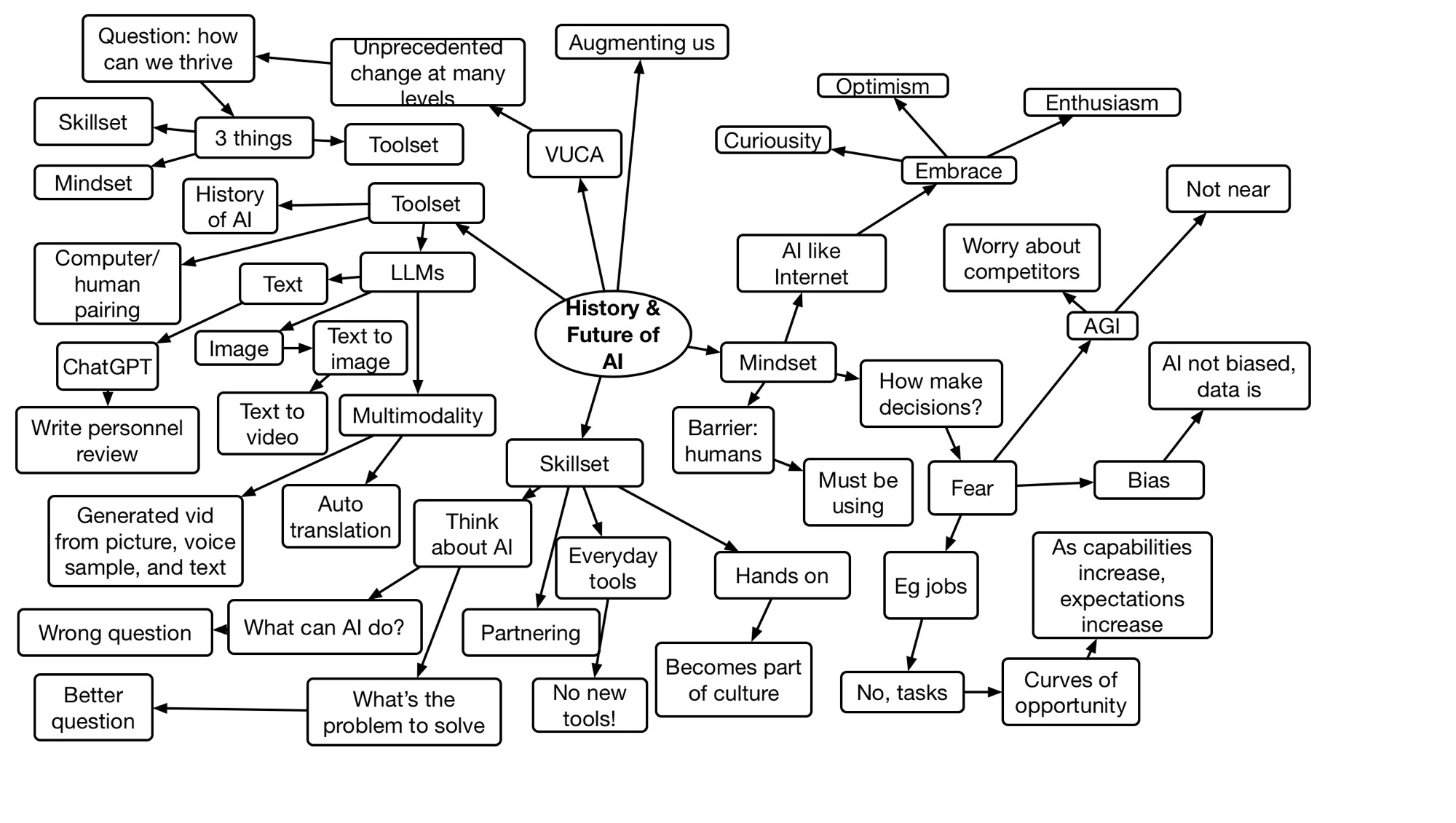 In a discussion we were having with David Ganulin on marketing, my colleague Matt Richter ended up talking about how many ‘team building’ activities don’t work. The typical model is an event where folks get together off-campus and face challenges together. They have to work together to overcome the challenges. Yet, Matt’s claim was that the empirical evidence was that the results didn’t transfer back to the workplace. What does it take? How can we support transfer to achieve persistent results?
In a discussion we were having with David Ganulin on marketing, my colleague Matt Richter ended up talking about how many ‘team building’ activities don’t work. The typical model is an event where folks get together off-campus and face challenges together. They have to work together to overcome the challenges. Yet, Matt’s claim was that the empirical evidence was that the results didn’t transfer back to the workplace. What does it take? How can we support transfer to achieve persistent results?
The classic model is the ‘ropes course’. Folks have to work together to get everyone safely across some challenge. By working together to achieve success, you should build team cohesion and respect the different capabilities of your colleagues. Yet, investigations suggest that what’s learned doesn’t carry back to the workplace. People who got along, when they get back to the workplace, can be surprised and disappointed that the same conflicts exist.
What’s happening, of course, is context-specificity. The resulting benefits worked in the context of the team-building, but it’s not the same context as work. Just like the ‘brain training’ exercises didn’t transfer to other tasks, so to any learning is likely to dissipate quickly and still not transfer to another context. What do we need to do, then, to generate retention over time and support transfer to the workplace as well?
For one, we need more than one practice. I just read the results of interesting research suggesting two stages of memory. The first stage says initial memories can last briefly, but for sustained retention, you need a second stage of retrieval practice. Yes, we should know that, but too often we don’t practice it! (Which also suggests that a test at the end of a learning event may not be a good indicator!) Also, I’ll suggest, if we want appropriate transfer, we have to engineer it.
How do you engineer transfer? I’ll posit two steps. For one, you need experience across several different contexts. So, do task A together, then B which is widely different, then C, which is different again. You could do a task that requires different physical attributes (tall, small, strong, heavy), and then one that requires different creative approaches (art, music, prose). Along the way, you reinforce a particular team approach that works across contexts. You facilitate reflection, as well, on what’s common.
Matt went further, suggesting that then you need to take that facilitation back to the workplace, and I’ll agree that it’d be ideal. If you then brought the models back to the workplace and facilitated their application to situations at work, you could extend the internalization and appropriate re-contextualization of the learning.
One-shot events are unlikely to generate the sustained transfer you need, at least not without specific design and support. If you’re not trying to achieve retention (over time after the event until needed) and transfer (to all appropriate and no inappropriate) situations, why bother? If you do want retention and transfer (and you should), design for it. Specifically engineer to support retention and transfer. Use spaced repetition with increased challenge to achieve the former. Use contextual variance and reflection facilitation to support the latter. When you do, you’ll have outcomes worth the investment.

